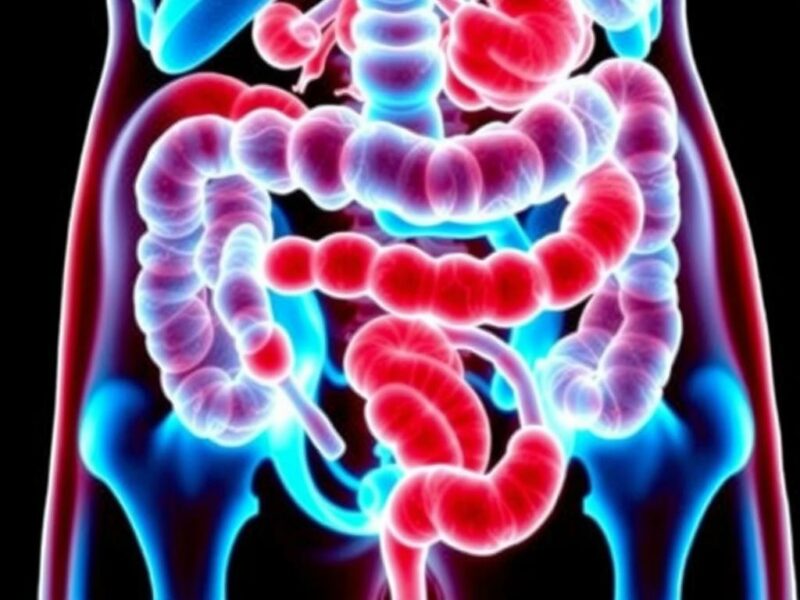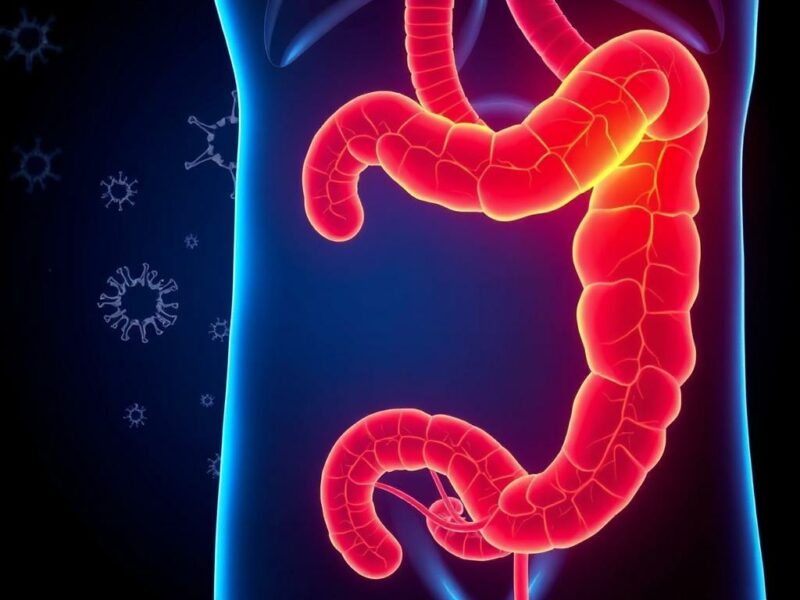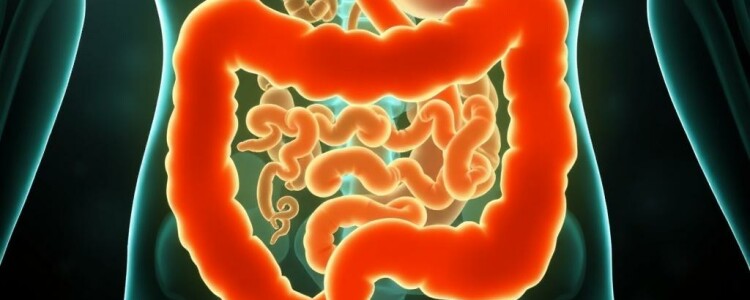Appendicitis is one of those sudden medical emergencies that many people dread. The sharp pain, the urgent need for surgery—it strikes without much warning and can be quite frightening. But have you ever stopped to wonder what really causes this inflammation of the appendix? Recent scientific studies are shining a fascinating spotlight on the role of gut microbiota, the trillions of microorganisms living in our digestive system, in the development and progression of appendicitis. Understanding this relationship not only deepens our knowledge of this common condition but also opens doors to new treatment possibilities that go beyond the traditional knife.
Gut microbiota, often referred to as our “second genome,” is the community of bacteria, viruses, fungi, and other microbes that reside primarily in the intestines. Far from being mere freeloaders, these microorganisms play an essential role in digestion, immune function, and even mental health. When this delicate microbial ecosystem falls out of balance—a state known as dysbiosis—it can trigger a range of health problems, including inflammatory diseases. It turns out that appendicitis might be one of them.
In this comprehensive article, we will delve into the anatomy and function of the appendix, explore the intimate relationship between gut microbiota and appendicitis, and examine how this knowledge is transforming diagnosis, treatment, and prevention strategies. Whether you’re curious about the science behind your health or looking for ways to maintain a balanced gut, this guide will walk you through everything step by step.
What Is Appendicitis? Understanding the Basics
Appendicitis is an inflammation of the appendix—a small, finger-like pouch attached to the large intestine on the lower right side of the abdomen. Most people are born with an appendix, but its exact purpose has long been a mystery. For decades, it was thought to be a vestigial organ with no significant function. However, modern research suggests the appendix may serve as a reservoir for beneficial gut bacteria, helping to repopulate the intestinal flora after infections or disturbances.
Appendicitis occurs when the appendix becomes blocked, often due to fecal matter, swelling from infections, or occasionally, tumors. This blockage causes bacteria trapped inside to multiply rapidly, resulting in inflammation. If left untreated, the appendix can rupture, spreading infection throughout the abdomen, which is a life-threatening situation.
Here’s a breakdown of the typical progression of appendicitis symptoms:
- Initial pain near the navel that shifts to the lower right abdomen
- Nausea and vomiting
- Loss of appetite
- Fever and abdominal swelling
- Sharp pain worsening with movement
Recognizing these signs early and seeking prompt medical attention is crucial for preventing complications.
The Role of Gut Microbiota in Digestive Health
To appreciate how gut microbiota connects with appendicitis, let’s first understand why these tiny organisms matter so much. Our gut microbiota is a bustling ecosystem that influences many facets of health:
- Digestive efficiency: Bacteria help break down complex carbohydrates and synthesize vitamins.
- Immune modulation: Gut microbes educate the immune system to distinguish between friend and foe.
- Barrier protection: They help maintain the integrity of the intestinal lining, preventing harmful pathogens from entering the bloodstream.
- Metabolic functions: Microbes influence energy extraction, fat storage, and hormone regulation.
The composition of this microbial community varies significantly between individuals and can be influenced by diet, antibiotics, stress, and illness.
How Dysbiosis Can Trigger Inflammation
When gut microbiota is disturbed—say due to an infection, poor diet, or antibiotics—harmful bacteria can outnumber the beneficial ones. This imbalance, dysbiosis, leads to a breakdown in gut barrier functions, increased inflammation, and can facilitate the development of diseases within the gut, including appendicitis.
Research suggests that dysbiosis in the appendix might cause bacterial overgrowth, leading to obstruction and inflammation. Certain pathogenic bacteria have been found in higher levels in inflamed appendices compared to healthy ones. This evidence points to gut microbiota playing more than a bystander’s role—they may be active contributors to appendicitis.
The Appendix: A Microbial Safe House?

One of the most intriguing theories about the appendix is its function as a microbial reservoir. When diseases like diarrhea clear out the normal gut bacteria, the appendix’s protected location could serve as a storehouse to help repopulate the intestines with beneficial microbes.
This protective function would explain why the appendix has been conserved through evolution despite being prone to inflammation. Several studies have identified beneficial bacterial species flourishing in the appendix, supporting its role in maintaining gut health.
Table: Microbial Communities Found in the Appendix vs. the Colon
| Microbial Group | Abundance in Appendix | Abundance in Colon | Comment |
|---|---|---|---|
| Bacteroidetes | Moderate | High | Important for digesting complex carbohydrates |
| Firmicutes | High | Moderate | Associated with short-chain fatty acid production |
| Proteobacteria | Low | Low | Includes some pathogenic species, often elevated in inflammation |
| Actinobacteria | Present | Present | Beneficial for gut immune function |
This unique microbiota composition implies that disturbances, especially increases in harmful bacteria, could trigger appendicitis.
Scientific Evidence Linking Gut Microbiota to Appendicitis
While appendicitis has traditionally been viewed in mechanical terms—the blockage of the appendix leading to infection—emerging research paints a more complex picture involving bacterial communities.
Key Findings From Recent Studies
- Altered bacterial diversity: Patients with appendicitis often show decreased diversity of gut bacteria, which correlates with disease severity.
- Presence of specific pathogens: Certain species like Fusobacterium nucleatum have been identified in inflamed appendices, suggesting a possible causative role.
- Inflammatory signaling: Bacterial imbalance appears to stimulate inflammatory pathways, exacerbating tissue damage.
- Antibiotic response: Some mild appendicitis cases resolve with antibiotics alone, further supporting a bacterial involvement beyond mere blockage.
Collectively, these points underscore that appendicitis is not just about physical obstruction but involves a microbial component that needs to be addressed.
Implications for Diagnosis and Treatment

Understanding the role of gut microbiota in appendicitis opens exciting possibilities for improving patient care. Traditionally, the standard response to appendicitis has been surgical removal of the appendix (appendectomy), often followed by antibiotics. But this approach may soon evolve.
Innovations in Diagnosis
Doctors are exploring microbiome-based diagnostic tools, such as stool sample analysis, to detect bacterial signatures associated with appendicitis. These methods could enable earlier, more accurate diagnosis without invasive scans or reliance solely on symptoms.
Alternatives to Surgery
For uncomplicated appendicitis, antibiotic therapy has shown promising results. By targeting bacterial infection and modulating gut microbiota, some patients can avoid surgery altogether. Long-term studies are ongoing to confirm which patients are most suited for this approach and how microbiota-targeting interventions can enhance outcomes.
Role of Probiotics and Diet
Maintaining a balanced gut microbiota through diet and probiotics may also reduce appendicitis risk. Foods rich in fiber, fermented products, and avoiding unnecessary antibiotics can support microbial diversity and gut health. While research is still emerging, these lifestyle choices are beneficial for overall digestive wellness.
Future Directions and Research Horizons

The relationship between appendicitis and gut microbiota is a vibrant field of research with many unanswered questions. Some promising areas include:
- Microbiota transplantation: Could transplanting healthy gut bacteria prevent appendicitis or aid recovery?
- Targeted antibiotic therapies: Developing drugs that specifically target harmful bacteria while preserving beneficial ones.
- Genetic factors: Understanding how individual genetics influence microbiota composition and susceptibility to appendicitis.
- Appendix preservation: If the appendix serves an important microbial role, strategies to treat appendicitis without removing it could become standard.
These exciting avenues show how advances in microbiome science could revolutionize treatment options for appendicitis and other gut-related diseases.
Summary Table: Comparing Traditional and Microbiota-Centered Views of Appendicitis
| Aspect | Traditional View | Microbiota-Centered View |
|---|---|---|
| Cause | Physical blockage (fecalith, swelling) | Microbial imbalance triggering inflammation |
| Diagnosis | Clinical signs, imaging (ultrasound, CT) | Includes gut bacteria profiling, microbiome markers |
| Treatment | Appendectomy, antibiotics | Antibiotics, probiotics, microbiota therapies, selective surgery |
| Prevention | Not well-defined | Diet, microbiome balance, avoiding dysbiosis |
Conclusion
The interplay between appendicitis and gut microbiota reveals a complex and fascinating story of how tiny microorganisms living within us impact health in profound ways. No longer seen as merely a mechanical problem needing urgent surgery, appendicitis is increasingly understood as a condition influenced by the balance of gut bacteria. This paradigm shift invites us to rethink diagnosis, treatment, and prevention strategies—potentially leading to less invasive therapies and better patient outcomes. By nurturing a healthy gut microbiome through diet, lifestyle, and medical intervention, we can not only improve digestive health but also better manage conditions like appendicitis. As science continues to explore this microscopic frontier, one thing is clear: the appendix and its microbial inhabitants have much more to teach us about the delicate harmony within our bodies.



